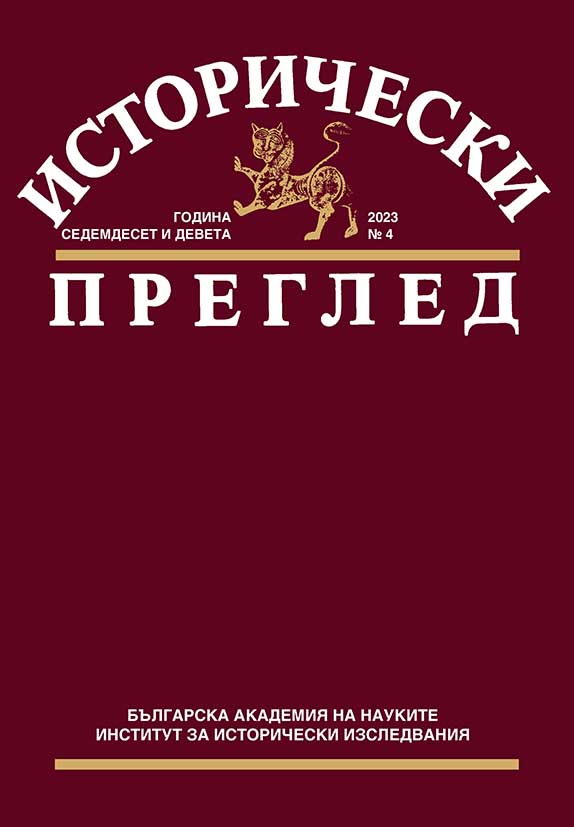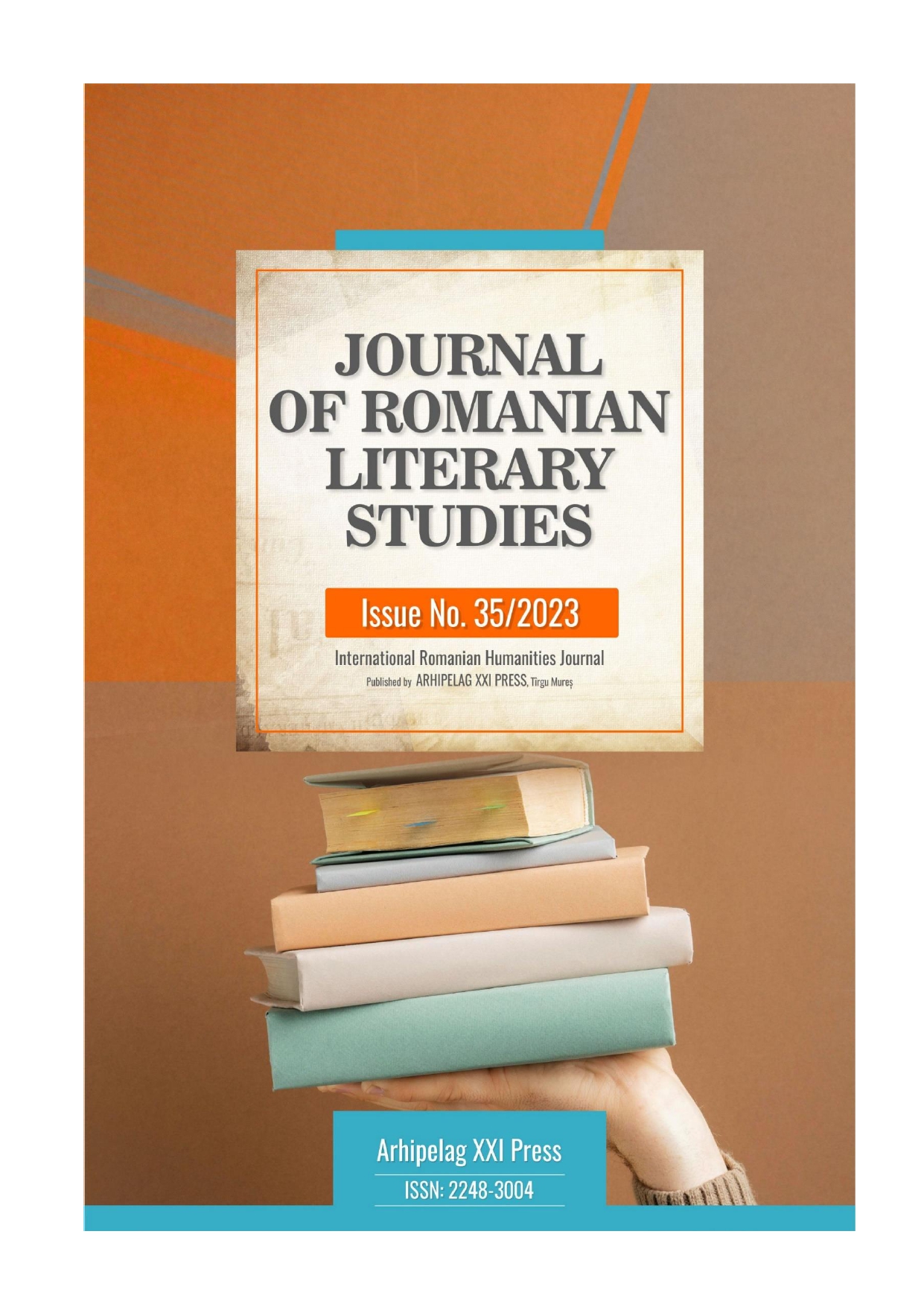Author(s): Nikolay Ovcharov / Language(s): English,Bulgarian
Issue: 2/2023
This article examines an important source of Bulgarian history in the early 15th c., immediately after the country fell under Ottoman rule. This source is the Chronicle of the Council of Constance of 1414–1418, written by Ulrich von Richental. This was the 16th Ecumenical Council, convened by Pope John XXIII at the request of the German and Hungarian King Sigismund of Luxembourg, and held in the German town of Constance on Bodensee. The primary concern was to put an end to the spreading schism in the Church. At the same time, the question of the Ottoman invasion, threatening the whole of Europe and especially the Balkans, was constantly in the air. That is why many delegations from the Orthodox East attended the event – envoys of the Byzantine emperor Manuel II Palaeologus, of the Serbian despot Stefan Lazarević, of the Wallachian voivode Mirchea the Elder, and others. It is of particular importance for us that there were also many Bulgarians at the Council of Constance. There was a large delegation headed by Gregory Tsamblak, Metropolitan of Kiev and a disciple of Patriarch Euthymius of Tarnovo. This article demonstrates that the sons of the last Bulgarian rulers – Constantine (the successor of the Vidin tsar Ivan Sratsimir) and Fruzhin Shishman (the son of the Tarnovo tsar Ivan Shishman), were also among the attendees of the event. They are known to have been staunch champions, fighting against the Ottoman invasion alongside King Sigismund of Luxemburg. For the first time, the two were identified for certain in the text of the Chronicle and moreover by their coats of arms depicted in it. Thus, it is made clear that Fruzhin Shishman was referred to as Kayser zü Schiltach, and that his coat of arms was a crowned double-headed eagle. It is well known that the German sources in this period used Schiltach/ Schiltawe/Schiltau to refer to Nikopol, which was the last capital of Tsar Ivan Shishman in 1393–1395. In all likelihood, Ivan Sratsimir’s son, Constantine, was the mysterious Kayser von Bulgary with three leopards on his coat of arms (actually lions in motion). An anonymous Arab traveller reported that this coat of arms, which is very similar to the English one, appeared on the shields of Tsar Ivan Shishman’s soldiers in the late 14th c. Apparently, it became the main coat of arms of the Bulgarian Empire, together with the image of the heraldic “lion rampant.” The Ottoman invasion, however, interrupted the course of development of Bulgaria, and hence the Bulgarian medieval heraldry.
More...
















